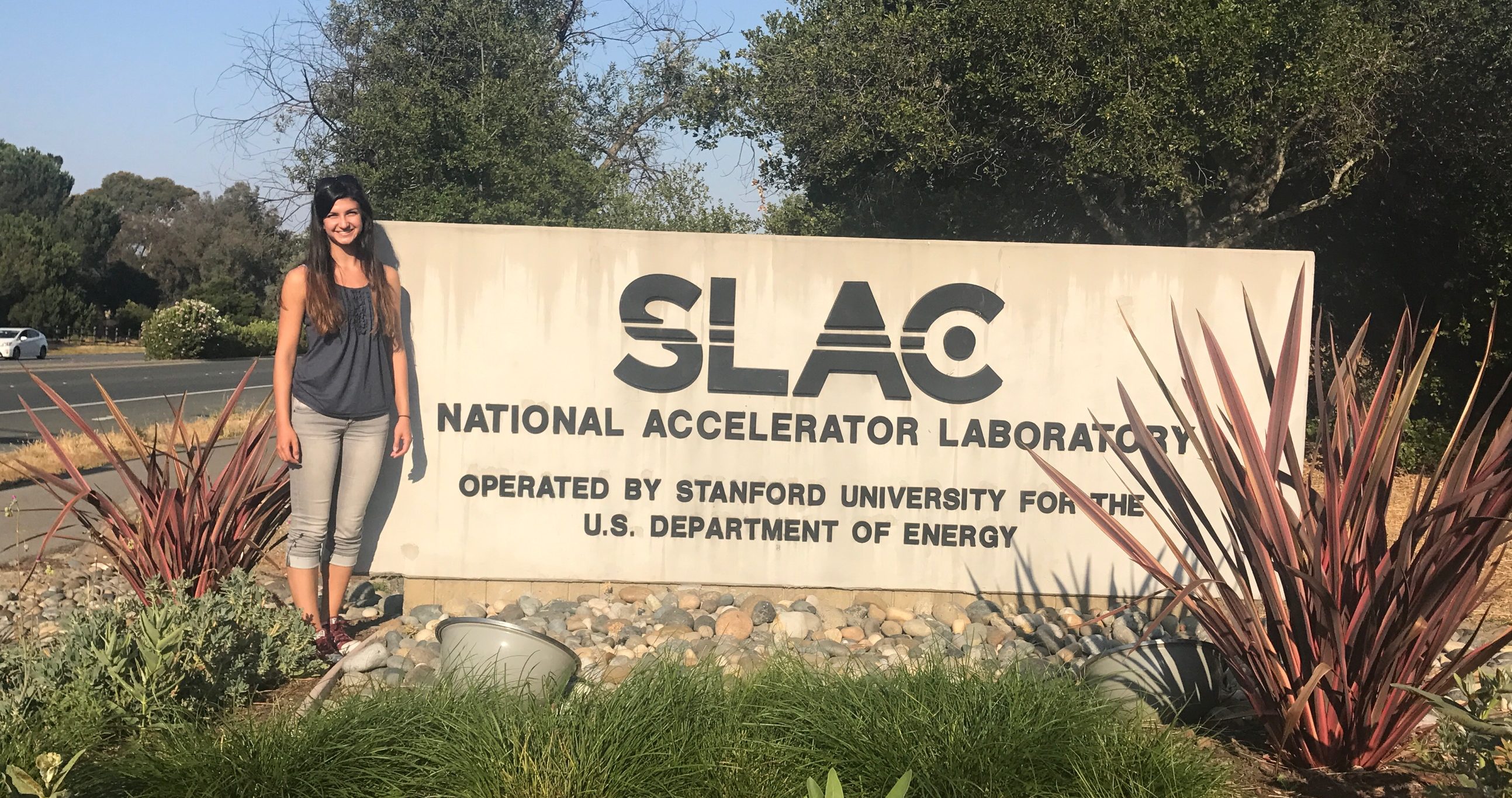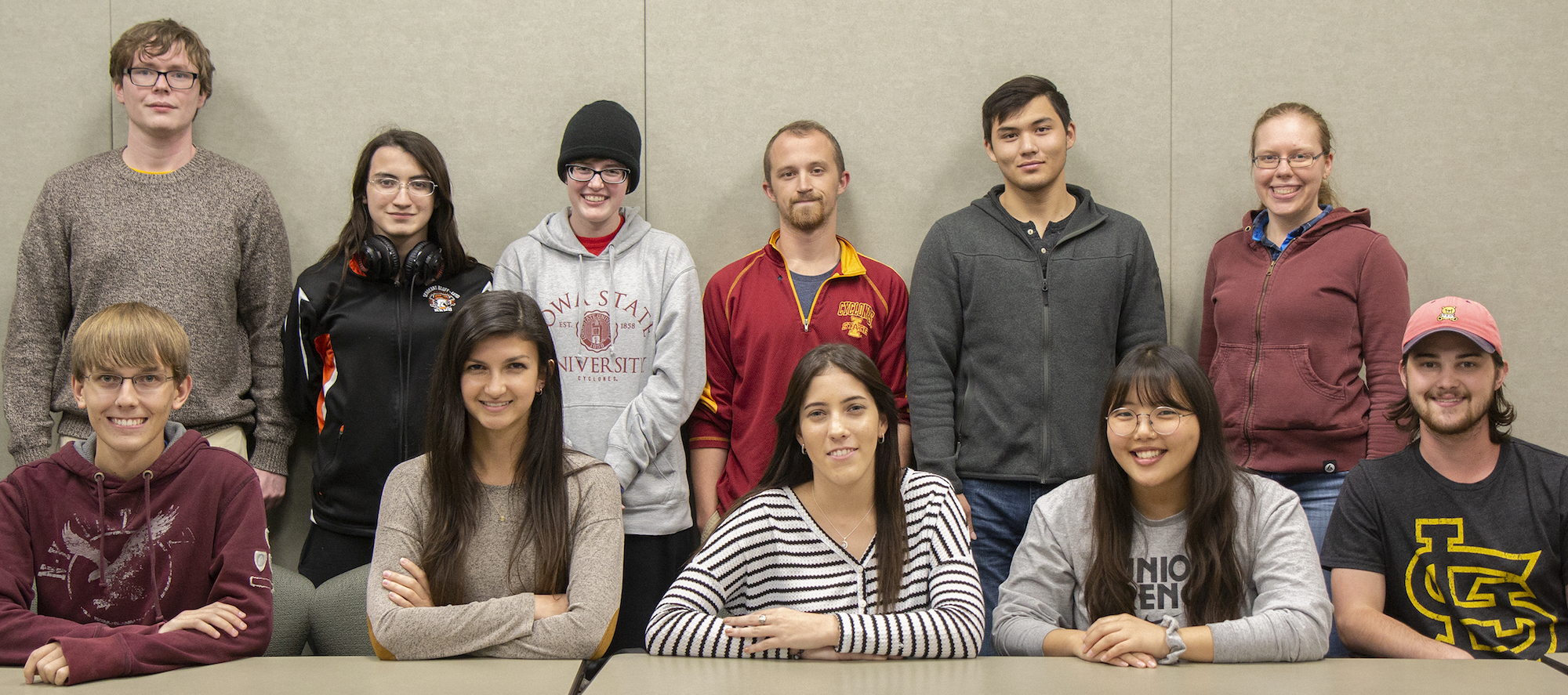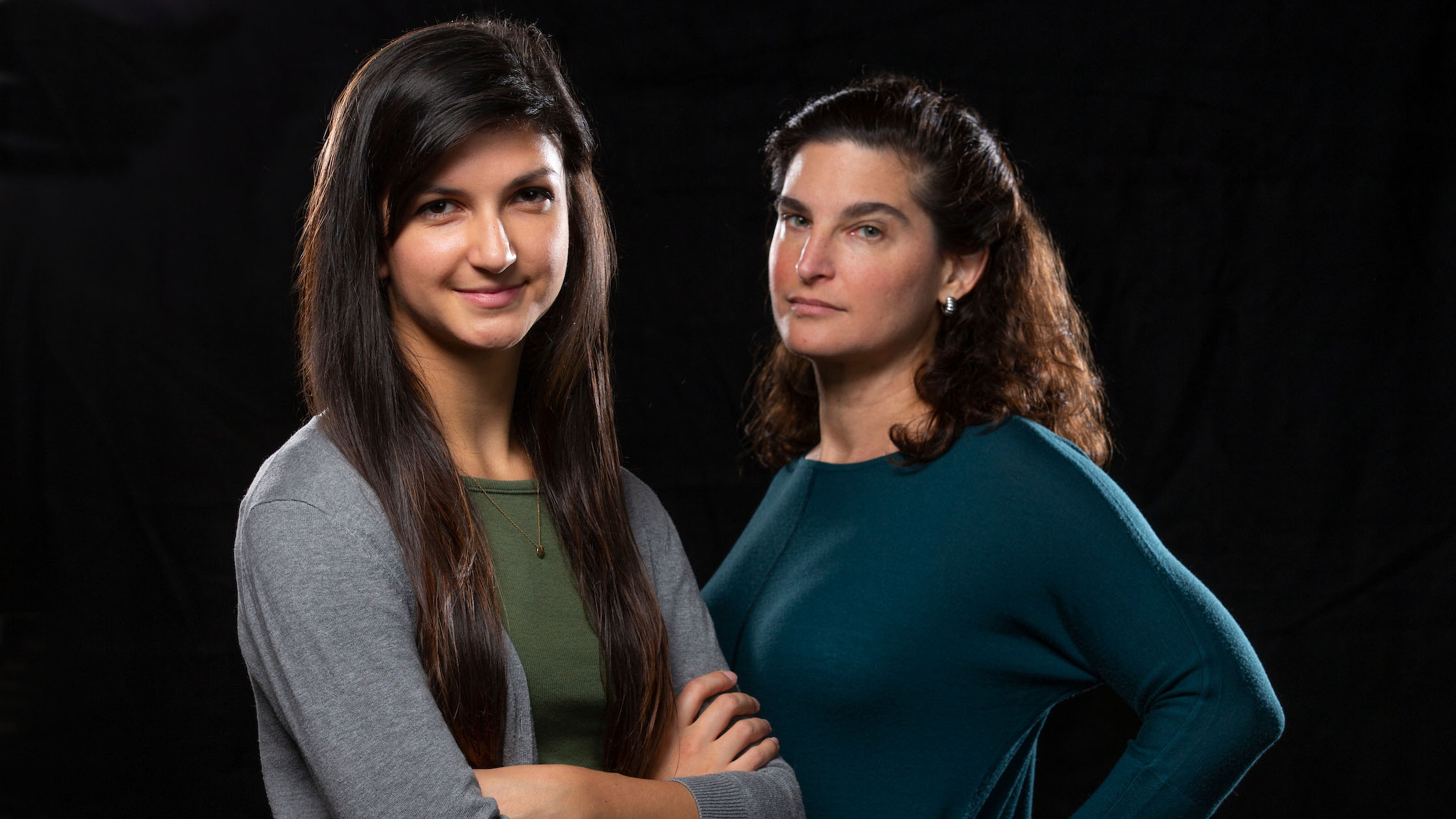If you’ve ever wondered what you are made of, ask Jacqueline Blaum (physics and computer science ‘20). Blaum, who researches supernovae and other transient astronomical events, may tell you that all of us are the stuff of stars.
As a child, Blaum preferred looking down at the pages of a book to looking up at the stars. It wasn’t until she added Stephen Hawking’s “A Brief History of Time” to her summer English reading list that she realized how interested in the cosmos she could be.
“I read that book, and it’s more on the cosmology side of things than the solar system, and that really appealed to me,” Blaum said. “I thought ‘I really like this book. How can I do this for a living?’ That's when I found out what an astrophysicist was and then I started becoming more intentional about studying astrophysics.”
She took both astronomy classes and a physics class at her high school in Bettendorf, Iowa, and has remained interested in astrophysics ever since.
“The physics department was exactly what I wanted. It’s a much smaller department. On a visit day, I got to see the Physics Club room and meet students there and meet some of the faculty, so that was why I chose Iowa State.”
“My research experiences are the main thing that have kept me interested in astrophysics. I really enjoy using computer science as a tool to study astronomy rather than just studying these topics separately in my classes,” Blaum explained. “There are always new exciting problems to solve, and I enjoy the collaboration between astronomers from institutions around the world.”
With all her accomplishments to date, it’s no wonder Blaum believes she’s found her niche.
Finding her place
Blaum knew Iowa State University would be the perfect place for her, ever since visiting her older sister on campus when Blaum was in middle school. When she arrived on campus for her own visit, she found a big school with opportunities for smaller communities.
“The physics department was exactly what I wanted,” Blaum said. “It’s a much smaller department. During a visit day, I got to see the Physics Club room and meet students there and meet some of the faculty, so that was why I chose Iowa State.”
In addition to her physics major, Blaum was encouraged to add a computer science major. Initially intended as a back up plan, Blaum found it would help her on her path to becoming an astrophysicist.
“When I did more research, I found that computer science was really necessary for astrophysics, because astrophysicists do a lot of coding for research,” explained Blaum. “It is a back up plan, but it also works out in my major and complements it really nicely.”
A supernova researcher
During her time at Iowa State, Blaum has engaged in valuable research and internship experiences to help her develop research skills and learn more about astrophysics from some of the world’s most foremost researchers and experts in the field.
Blaum conducts research on campus with one such researcher, Amanda Weinstein, associate professor of physics and astronomy at Iowa State. The recipient of a prestigious National Science Foundation (NSF) CAREER award, Weinstein is one of a small number of scientists studying cosmic accelerators – naturally occurring phenomena in space that accelerate particles to extreme energies. Her research primarily focuses on finding cosmic accelerators using the gamma rays produced by the high energy protons and electrons they accelerate.
Blaum is assisting with Weinstein’s research to develop new methods of analyzing data from the ground-based atmospheric Cherenkov telescopes, with the goal of detecting some of the highest-energy gamma rays.
“I worked on finding a better model to fit Monte Carlo simulation data for point spread functions. A point spread function is basically how much a telescope spreads out a point source of light,” Blaum said. “My work involved producing one- and two- dimensional plots of the models and data at various energies and zenith angles in order to assess the quality of the models.”
Currently, Blaum is using the maximum likelihood method to measure the general spatial morphology and spectrum of extended gamma ray sources (such as gamma ray halos around pulsars) to pinpoint the mechanisms causing gamma ray emission.
“For a student to come in and get up to speed and do analysis, they have to develop the programming skills and learn new languages – typically Python and C,” Weinstein explained. “And then they have to get up to speed enough that they can do something new with those tools and not just read data for the existing pipeline but push the envelope and do something different. Jackie’s very good at what she does – she’s very quick and she’s very thoughtful.”
In a field with steep learning curves, success takes more than being good academically or being a strong programmer.
“It’s that passion, tenacity and stick-to-itiveness that gets them through that learning curve and to the point where they can be productive member of the group,” Weinstein said. “And Jackie absolutely has that.”
Bi-coastal galactic research
Blaum earned additional opportunities for conducting research with world experts through prestigious, competitive internships on both the East and West Coasts.

During the summer of 2017, she participated in an eight-week Science Undergraduate Laboratory Internship (SULI) Program at the U.S. Department of Energy’s SLAC National Accelerator Center at Stanford University.
“It’s that passion, tenacity and stick-to-itiveness that gets them through that learning curve and to the point where they can be productive member of the group. And Jackie absolutely has that.”
Blaum researched and tested algorithms for transient sources using simulation data from a large instrument called the Large Synoptic Survey Telescope (LSST), currently under construction in Chile. Once complete, the LSST will take images of the night sky using visible light and observing photons, and observe a variable sky and detect hundreds of thousands of transients nightly.
This past summer, Blaum interned at the Harvard-Smithsonian Center for Astrophysics. There, she used machine learning to classify astronomical events, specifically focused on objects related to star formation.
“I developed a machine learning technique that allows us to use many colors — 21 in my case — at the same time to classify objects. After developing and testing my methods, I was able to classify over 60,000 objects.”
Blaum presented her research with Weinstein at Iowa State and the SULI research at the National Conference on Undergraduate Research.
“Dr. Weinstein has been so helpful ever since I asked her about research jobs,” Blaum said. “She has helped me get summer internships at two wonderful institutions. A couple years ago I didn’t think I wanted to spend a summer away from home, but she pushed me to apply to these programs. I'm grateful for that because otherwise I don't think I would have stepped outside of my comfort zone.”
The sky’s the limit
Blaum is more than a stellar researcher. She also co-founded the Society of Women in Physics and Astronomy (SWiPA) to help make the male-dominated field more inclusive on campus.
“There’s not necessarily a lot of discrimination. It's just sometimes little things that you don't quite know how to articulate," Blaum said. “We've been able to have a discussion about how to have a more inclusive environment, not even just for women but for minorities in general.” 
In 2018, Blaum was one of four Iowa State finalists invited to apply for the Goldwater Scholarship. The nationally competitive scholarship is awarded to sophomores and juniors who show great promise at being leaders in natural sciences, mathematics and engineering research. While Blaum did not receive the scholarship, she intends to apply again this year.
Blaum plans to pursue her Ph.D. in astrophysics, and has her sights set on becoming a career researcher.
With all her experiences, one thing is certain: Jackie Blaum is an Iowa State student who is out of this world.
Update April 30, 2019: Jacqueline Blaum was selected as a Goldwater Scholar, which is the most prestigious honor/scholarship for undergraduates in natural sciences, engineering and mathematics.
